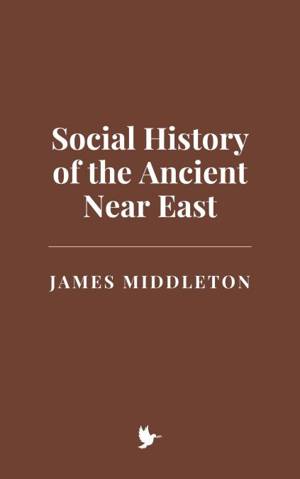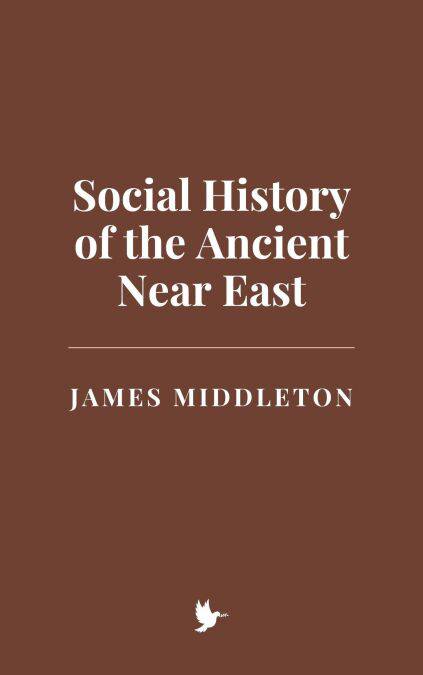
- Retrait gratuit dans votre magasin Club
- 7.000.000 titres dans notre catalogue
- Payer en toute sécurité
- Toujours un magasin près de chez vous
- Retrait gratuit dans votre magasin Club
- 7.000.0000 titres dans notre catalogue
- Payer en toute sécurité
- Toujours un magasin près de chez vous
Description
The history of the Ancient Near East, spanning from the emergence of urban civilizations to the eventual rise and fall of great empires, offers a profound window into the social structures that shaped humanity's earliest complex societies. This region—encompassing Mesopotamia, the Levant, Anatolia, and Persia—is often regarded as the cradle of civilization, where writing, law, and monumental governance first took form. However, the social history of these ancient societies is far more intricate than a series of dynastic shifts and military conquests; it is a tapestry woven from the interactions between ordinary people, their rulers, religious institutions, and the environment they inhabited. This introductory chapter seeks to delve into the complexities of these interactions, tracing the conceptual foundations of social history in the Ancient Near East, engaging with key scholarly debates, and analyzing primary sources that have shaped our understanding of this distant past.
The field of social history emerged as a response to the dominance of political and military narratives, emphasizing instead the lived experiences of people across different strata of society. In the case of the Ancient Near East, the study of social structures—familial arrangements, labor systems, legal frameworks, and religious institutions—relies heavily on a corpus of material and textual evidence. Excavated artifacts, temple inscriptions, legal codices, administrative tablets, and monumental architecture provide critical insights into the social fabric of early societies. Among these sources, the cuneiform tablets from cities such as Uruk, Lagash, and Babylon are particularly indispensable. These records, inscribed in the wedge-shaped script that developed around 3200 BCE, encompass everything from royal decrees to merchant contracts, revealing the diverse range of social and economic activities that sustained ancient life.
Spécifications
Parties prenantes
- Auteur(s) :
- Editeur:
Contenu
- Langue:
- Anglais
Caractéristiques
- EAN:
- 9798230275909
- Date de parution :
- 15-01-25
- Format:
- Ebook
- Protection digitale:
- /
- Format numérique:
- ePub

Les avis
Nous publions uniquement les avis qui respectent les conditions requises. Consultez nos conditions pour les avis.






